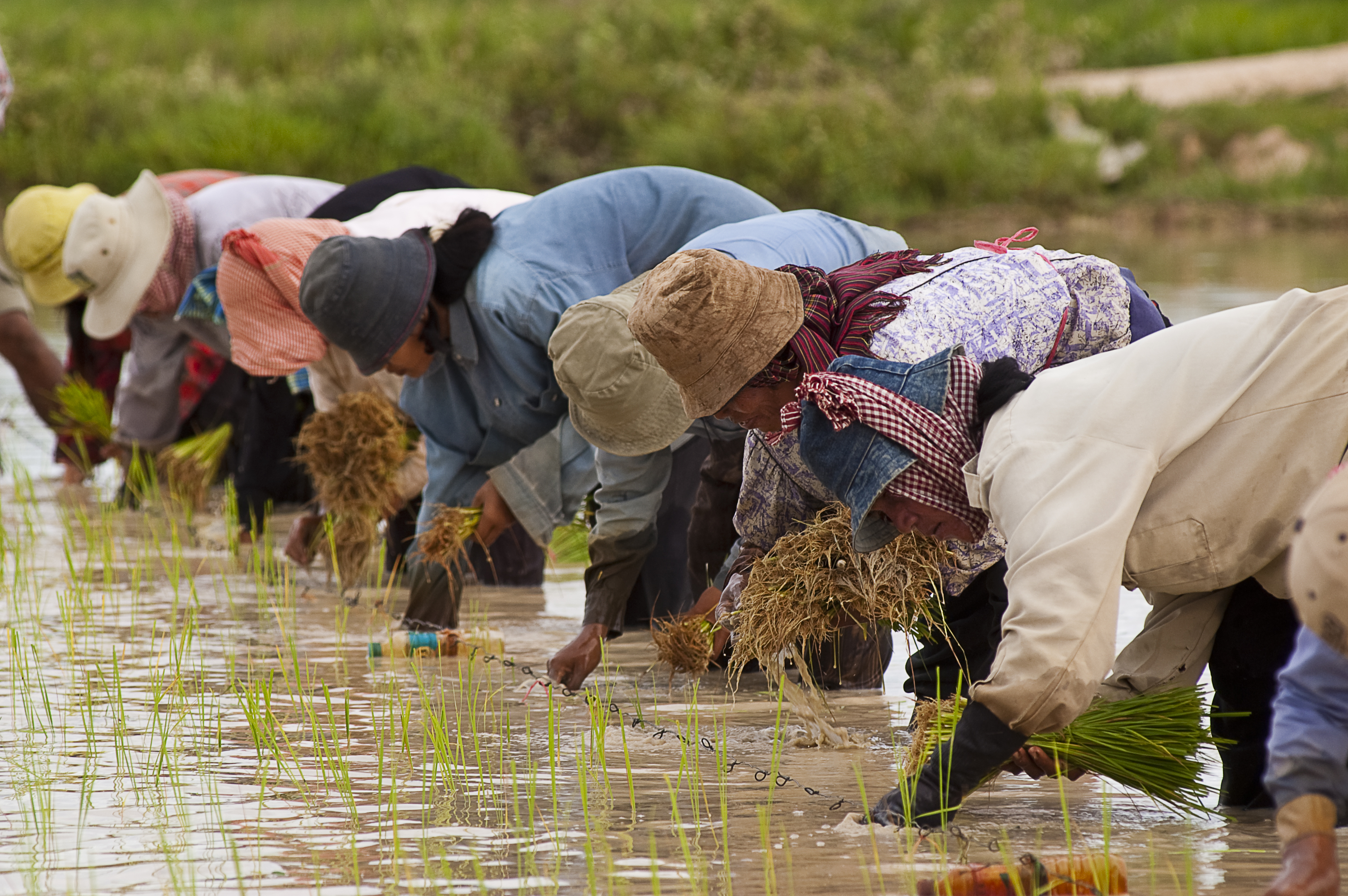Asia’s troubled water
As a result, Asia, which accounts for 72% of the world's total irrigated acreage, now faces a dilemma: It must grow enough food to meet rising demand, while reducing the amount of water that goes toward irrigation. Unless Asia resolves it, economic development will be imperiled, with major consequences for the entire global economy.
Yet the continent's water crisis is only worsening. According to a recent MIT study, there is a 'high risk' that Asia's water stress could worsen to water scarcity by 2050. Water-sharing disputes between countries or provinces already are increasingly frequent, owing to the proliferation of dam projects that can adversely affect downstream flows—an approach that represents a continuing preference for supply-side approaches over smart water management.
The main culprit in this regard is China, which has heavily dammed the Mekong, Southeast Asia's lifeline. In the current lean season, which will last until the monsoon rains arrive in June, the lower Mekong is, according to a recent United Nations report, running at 'its lowest level since records began nearly 100 years ago'.
China is now trying to play savior, by releasing an unspecified quantity of water from one of its six upstream mega-dams to 'accommodate the concerns' of drought-stricken countries. China's rulers have touted the move as underscoring the effectiveness of upstream 'water facilities' in addressing droughts and containing floods.
Of course, in reality, all of this simply highlights the newfound reliance of downriver countries on Chinese goodwill—a dependence that is set to deepen as China builds 14 more dams on the Mekong. The environmental impact of these projects is sure to exacerbate further the ecological challenges, including drought, already facing Asia.


No comments:
Post a Comment